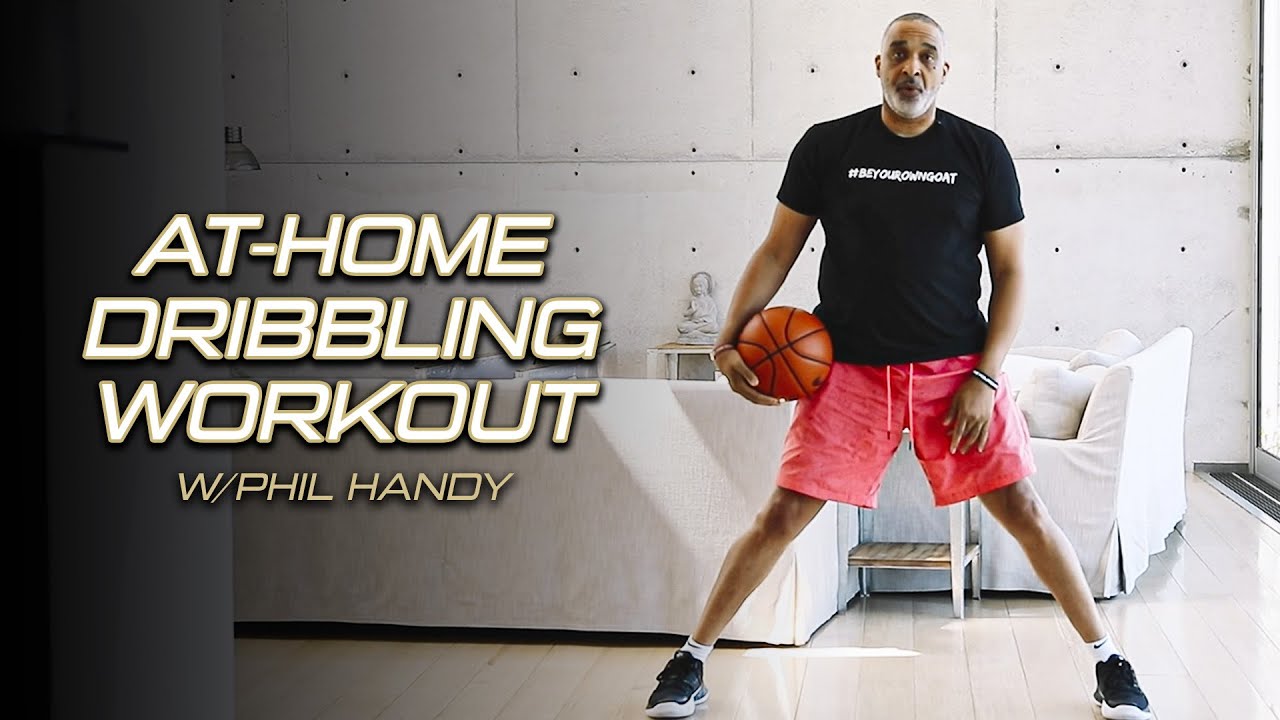TOP 5 EASY FIELDING CRICKET DRILLS (You Can DO ANYWHERE)
Summary
TLDRIn this Top Crew Academy video, viewers are introduced to five simple cricket drills to enhance lateral movement, adaptability, and ball handling skills. The drills involve moving to colored markers, catching and stopping balls thrown into a box, and practicing fielding in various positions. The video also includes a realistic fielding drill with a coach acting as a wicketkeeper and a competitive game to improve catching and throwing. The host encourages viewers to practice these drills for skill development and engagement with the community.
Takeaways
- 🏏 The video focuses on five easy cricket drills that can be practiced in a club area.
- 🔴 The first drill involves lateral movement and quick transitions between positions to adapt to game situations.
- 🎾 The drill requires players to move to a designated color and then stop a ball thrown into a box.
- 🏃♂️ The difficulty can be increased by throwing the ball quicker, enlarging the box, or adding more colors.
- 📍 A second drill emphasizes moving laterally, sideways, and along backlines, with an emphasis on attacking the ball.
- 👀 The third drill simulates fielding in different positions, with specific codes for different scenarios.
- 🤾♂️ The drill includes a 'keeper' role, where the player must adjust position and throw accurately to hit stumps.
- 🤼♂️ The video suggests breaking down the skill of catching and throwing into separate practices for better focus.
- 🏃♀️ The final drill is a competitive game involving underarm throws, flat catches, and running for added intensity.
- 👥 The drills are designed to be replicable at home with minimal equipment, encouraging viewers to practice regularly.
Q & A
What is the main focus of the drills discussed in the video?
-The main focus of the drills is to improve lateral movement, quick transitions between positions, and adapting to ball movements in a game.
How does the first drill help in improving a player's game?
-The first drill helps by simulating game-like scenarios where a player must move to a designated color and then react quickly to stop a ball thrown into a box.
What adjustments can be made to increase the difficulty of the first drill?
-The difficulty of the first drill can be increased by throwing the ball more quickly, enlarging the box, and requiring the player to move between two colors.
What is the purpose of treating the lines as boundaries in the second drill?
-In the second drill, treating the lines as boundaries encourages players to attack the ball rather than running backward, which helps in mimicking real game scenarios.
How does the third drill simulate fielding in a cricket game?
-The third drill simulates fielding by using colored cones to represent different positions on the field, with the player adjusting their position and attempting to hit stumps after picking up a ball.
What role does the instructor play in the fourth drill?
-In the fourth drill, the instructor acts as a wicketkeeper, adding an element of realism by rolling the ball across and requiring the player to make decisions based on the call of 'keeper' or 'shy'.
What are the two separate skills that the instructor advises to focus on during the fifth drill?
-The two separate skills to focus on during the fifth drill are shying the ball and throwing it accurately towards the stumps.
What is the competitive element introduced in the final drill?
-The competitive element in the final drill involves players attacking a ball, throwing it flat over the stumps, running to a line for a catch, and then throwing it over their shoulder for a return catch.
Why is it important to break down the skill of shying and throwing the ball separately?
-Breaking down the skill of shying and throwing separately allows players to focus on securing the ball with two hands before attempting to throw it accurately, which can improve their overall performance.
What is the advice given for setting the base when throwing the ball in the drills?
-The advice given is to take a second to set the base before throwing the ball, ensuring a stable and balanced stance, which can lead to more accurate throws.
How can these drills be adapted for different group sizes and settings?
-These drills can be adapted for different group sizes by setting up multiple stations for larger groups or simplifying the drills for smaller groups or individual practice at home.
Outlines

Cette section est réservée aux utilisateurs payants. Améliorez votre compte pour accéder à cette section.
Améliorer maintenantMindmap

Cette section est réservée aux utilisateurs payants. Améliorez votre compte pour accéder à cette section.
Améliorer maintenantKeywords

Cette section est réservée aux utilisateurs payants. Améliorez votre compte pour accéder à cette section.
Améliorer maintenantHighlights

Cette section est réservée aux utilisateurs payants. Améliorez votre compte pour accéder à cette section.
Améliorer maintenantTranscripts

Cette section est réservée aux utilisateurs payants. Améliorez votre compte pour accéder à cette section.
Améliorer maintenantVoir Plus de Vidéos Connexes

21 BEST Dribbling Drills to Improve ALL FACETS of Your Handles! (For Home or Gym)

Ball Movement Basketball Drills! Drive, Kick, Pass and Cut

3 Forehand Topspin Drills

21 BEST Youth Basketball Drills for BEGINNERS (In 5 EASY Phases)

4 Batting Drills To Improve YOUR Game Against Pace & Spin | Learn How To Bat In Cricket From A Pro

Get Your HANDLE Right | At-Home Dribbling Workout
5.0 / 5 (0 votes)
